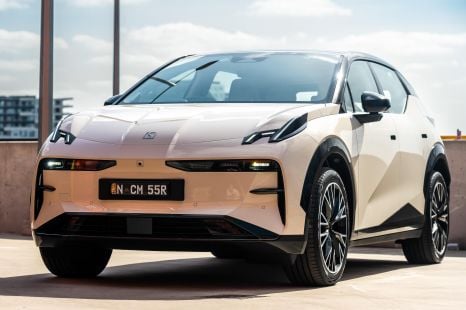

James Wong
7.9
6 Days Ago
USB Type-C is designed to be a universal standard for technology devices, from smartphones to display monitors.
Unlike the rectangular USB-A we’re all used to, USB-C is a new kind of port with a smaller oval or pill-like shape that can conveniently be plugged in on any side (there is no right way up).
Developed by the USB Implementers Forum (USB-IF) in 2014, USB-C is capable of transmitting high amounts of data and power in one cable, like projecting a tablet screen to a monitor while being charged at the same time.
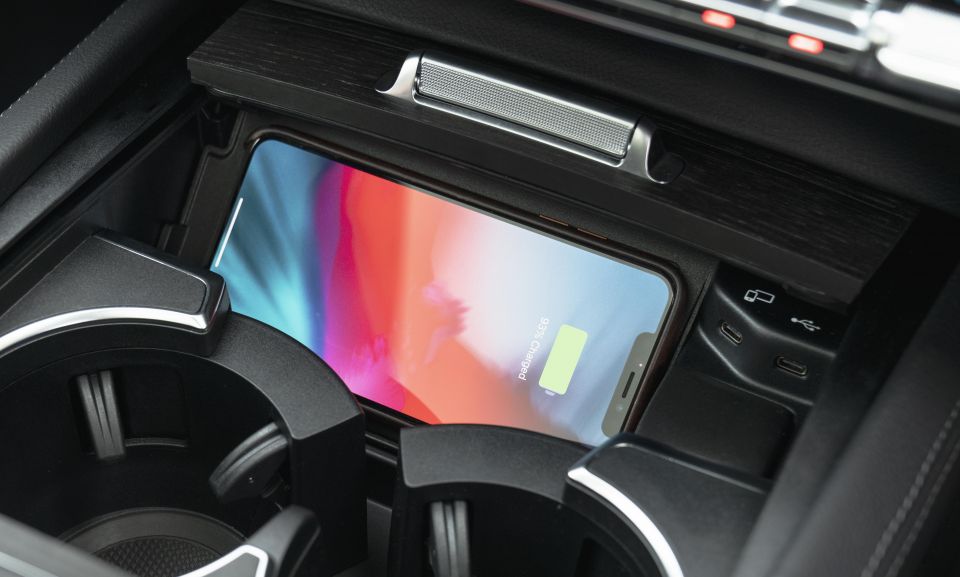
It integrates nearly all data, audio, video and power cables into one – consolidating the 3.5mm headphone jack, HDMI, DisplayPort, micro USB and more.
Essentially, like the transition from the VHS to CD/DVDs, it is simply a new format. USB-C is the new “be-all and end-all” for plugging in anything and everything.
USB-C is increasingly found in laptops such as the latest Apple MacBook line-ups, smartphones such as the Samsung Galaxy A range, and wireless earbuds like the Jabra Elite 75t.
It’s also used for some display monitors, external hard drives, eGPU enclosures and more.
The pill-shaped plug is now spreading across the automotive industry, too, with the IHS Markitestimating more than a half of new vehicles will contain at least one USB-C port by 2022.
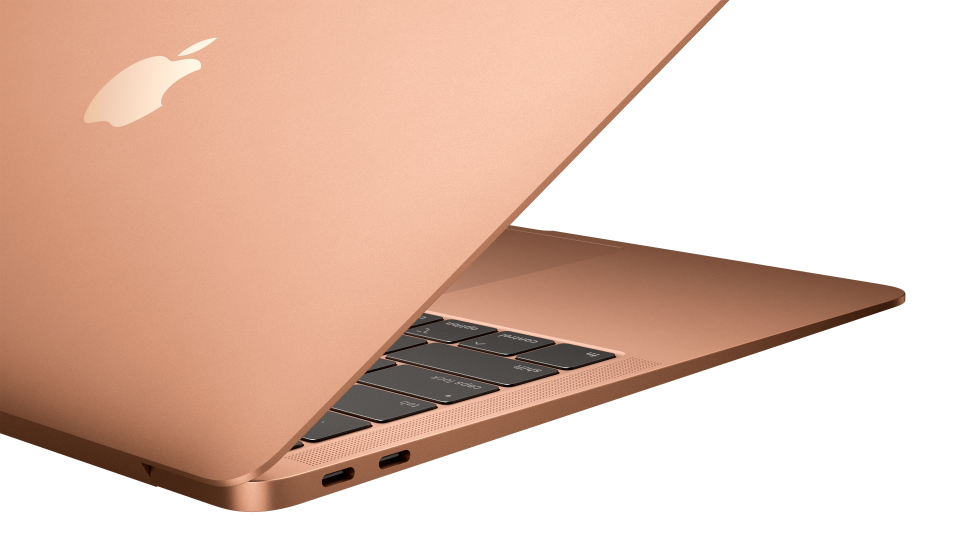
There are a plethora of USB-C versions which use the same connector, yet have different data and power outputs. Basically, devices are more capable and can charge faster with each USB-C iteration. These include:
Additionally, Thunderbolt 3 is a separate technology but uses the same Type-C connector. It is developed by Intel and has an impressive maximum transfer rate of 40Gbps by using a PCI Express (PCIe) controller.
Thunderbolt 3 also supports daisy chaining, meaning you can connect up to six peripherals and they power off each other.
Meanwhile, USB-C Power Delivery (PD) is a different specification that can deliver a whopping 100 watts of maximum power, and distribute it evenly to devices.
For context, the legacy USB-A can only deliver up to 7.5 watts of charging power.
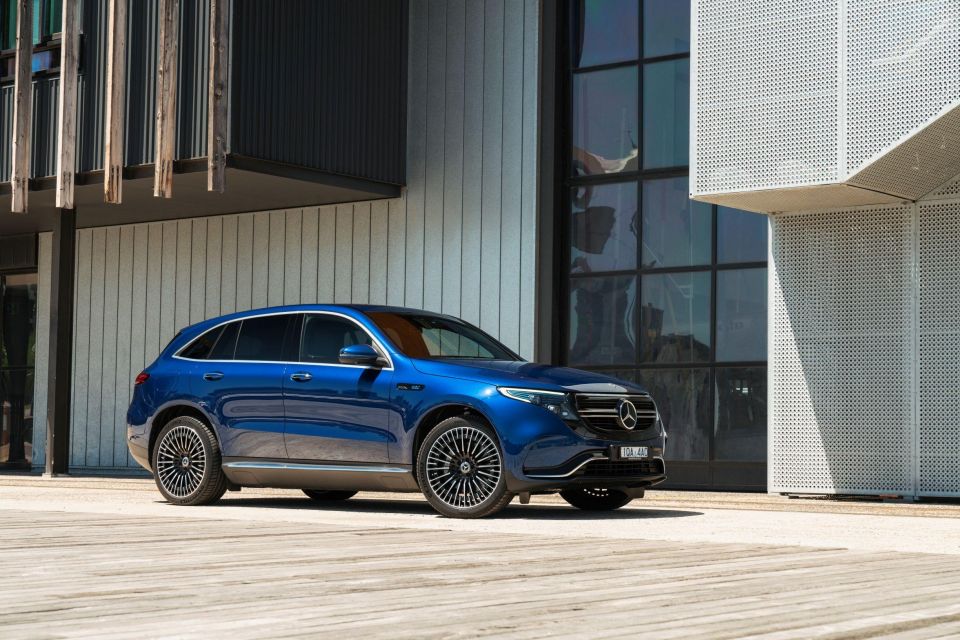
The TLDR answer is more simple than it seems: USB-C is the new trend and standard.
As more devices (and their included cables) transition to USB-C, carmakers are adapting to it.
Fiat Chrysler Automobiles (FCA) was one of the first carmakers to adopt USB-C in its vehicles, adding it alongside the traditional USB-A port from 2018. It’s found from a RAM 1500 to a Jeep Wrangler.
Many automakers are moving gradually from USB-A to USB-C.
These include new BMW, Mercedes-Benz and Volkswagen Group models, plus the Tesla Model Y. In some cases, USB-C is now the primary port at the front centre console to connect for Apple CarPlay and Android Auto smartphone mirroring technologies.
Since USB-C is an entirely different shape to USB-A, this means you can no longer directly plug your trusty old cable; you’ll need a USB-C to USB-A dongle (read below).
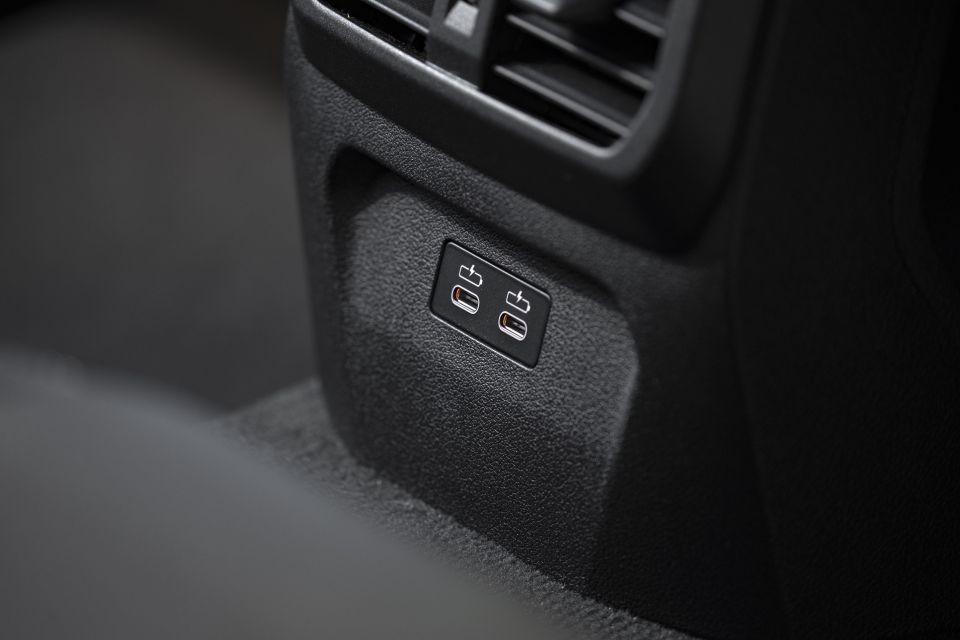
Theoretically, USB-C – especially PD – will simply charge devices faster. But what does this mean in the car?
As smartphones get more powerful and as Apple CarPlay and Android Auto expand their functionality with each software update, USB-C should enable more capabilities while keeping smartphones juiced up.
This has already been seen with the transition of infotainment systems supporting phone mirroring tech.
Automakers including Mazda, Toyota and Renault offered Apple CarPlay and Android Auto as a cost-option retrofit upgrade for existing owners.
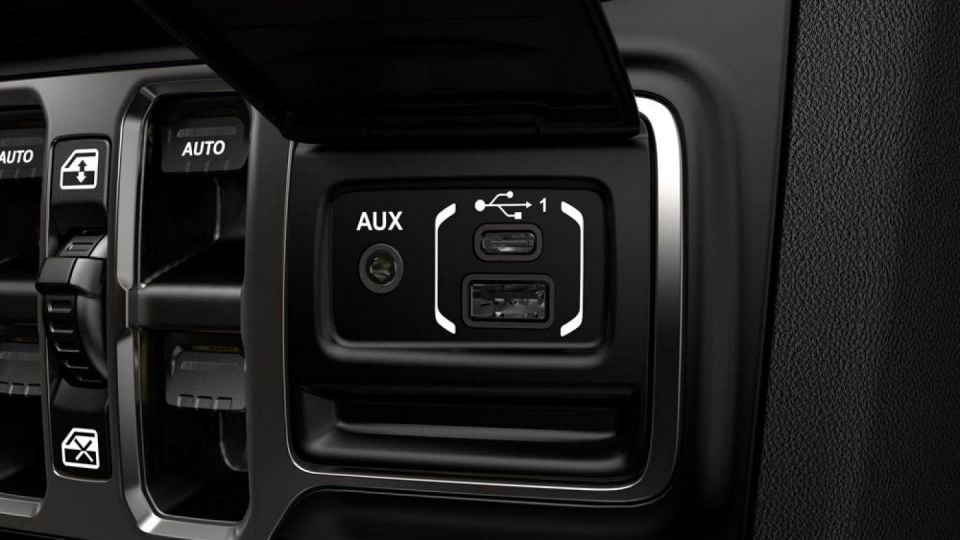
But it wasn’t just flicking a switch to upgrade the touchscreen software; there was labour involved, hence the cost outlay. All vehicles needed to replace its existing USB-A port with a more powerful USB unit that can charge devices faster at 2.1 amps.
This was done in order to sustain and charge phones while the power-hungry Apple CarPlay or Android Auto interfaces are in use.
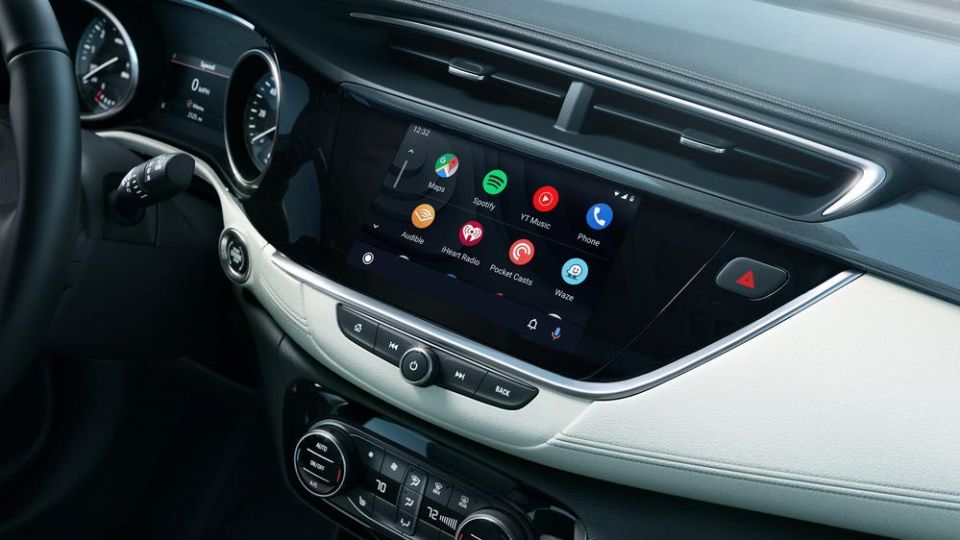
Besides the convenience of being able to plug it in any way (reversible), USB-C reduces e-waste by using the same universal connector and cable across devices.
This means any USB-C equipped device can be charged in the car. For work warriors, you no longer need to plug a laptop into a 12V or household plug – just use the same USB-C cable that you use for your phone.
Also, dash cams, action cameras, drones, portable battery banks, a PlayStation 5 controller and more can be powered by USB-C. If more devices use USB-C, it could replace the traditional 12V car charger and household power outlets – and that’s a good thing to have less fragmentation and ‘wasted ports’.
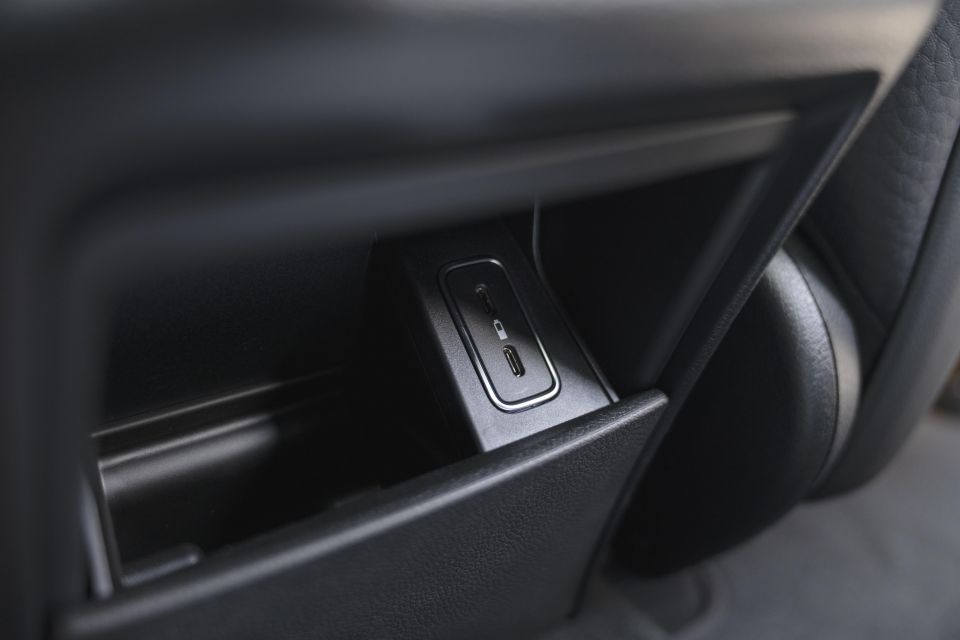
Despite its advantages, a study done by Cars.com reveals the vehicles they tested (2020 Nissan Sentra, Alfa Romeo Stelvio, and Ram 1500 Rebel) that have both USB-C and USB-A ports at the front don’t actually charge faster on USB-C, despite being capable of it.
However, using the charging ports at the back row yields a slightly faster charging time for USB-C – but only seven minutes quicker compared to USB-A.
Cars.com also confirmed the most capable and fastest USB-PD standard isn’t being used by any manufacturer as of publication. FCA vehicles still use the oldest and slowest USB 2.0 standard in USB-C form, which is no different to USB-A 2.0 ports.
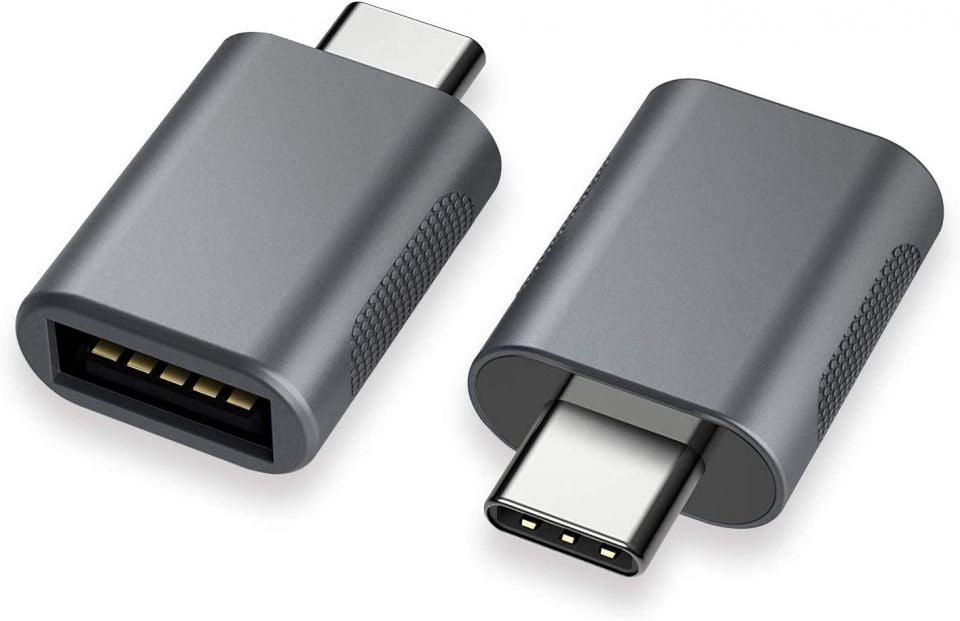
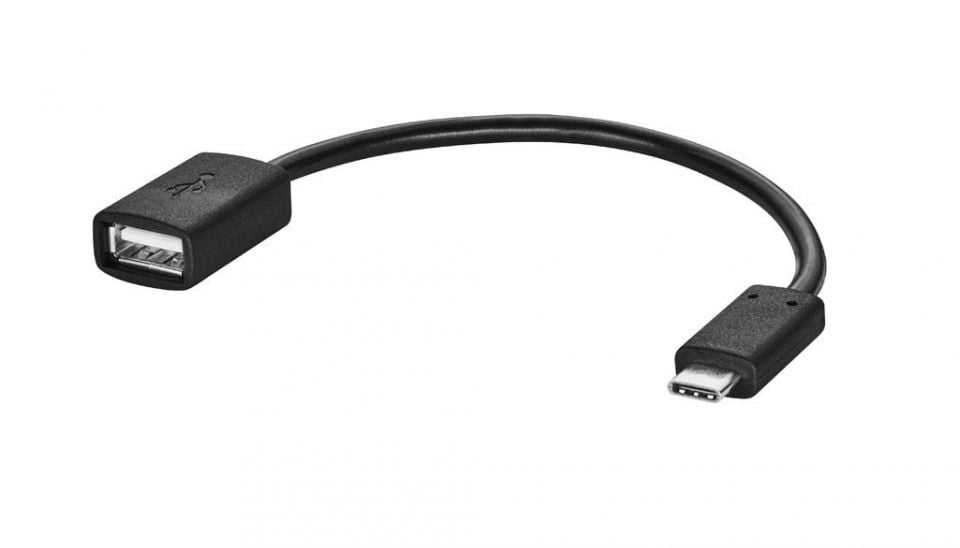
Additionally, just like travelling to a new country with different power outlets, USB-A cables can’t be inserted into USB-C ports since they’re an entirely different shape.
Carmakers combat this by offering USB-C to USB-A adapters as an option. There are a variety of cheap dongles available for purchase in retail stores like Kmart and Officeworks, and in online marketplaces as well.
But, the longer the adapter’s wire, the slower data and power can transfer from and to your phone. So, it’s best to get mini dongles that don’t have dangling wires (like Nonda’s pictured above).
As with all new technologies, the transition period can be quite a hassle. But more phones and tech gadgets now include a complete USB-C cable (on both ends) in the box so, one day, the pill-shaped port will be the ubiquitous standard.
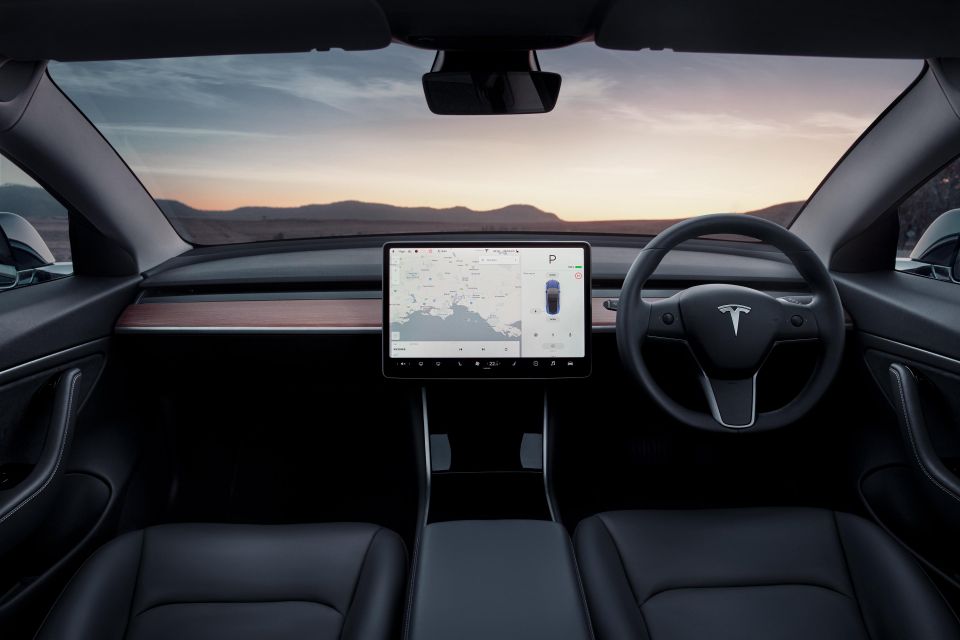
However, as automakers move cable-free with the emergence of new technologies such as wireless Apple CarPlay, wireless Android Auto, and feature-rich infotainment systems from the likes of Tesla and Byton that essentially eliminates the need for a phone, it begs the question: why bother with adopting USB-C now?
Add to this the proliferation of wireless charging and smartphone digital keys; the prospects of still using a USB-C cable seems a little counterintuitive when wireless is the future.
But, of course, the upside is for rear passengers – especially tech-hungry children – who truly benefit from using one universal connector to fast-charge multiple tech gadgets at the same time.
One day, automakers might even adopt newer USB-C standards to utilise its capabilities for ultra-fast charging and possibly enable phone mirroring for rear row screens (on higher-end models that feature it).


James Wong
7.9
6 Days Ago
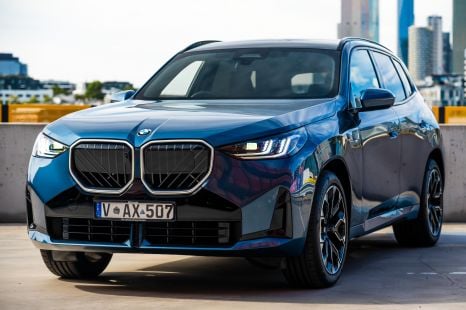

Jack Quick
8.4
5 Days Ago
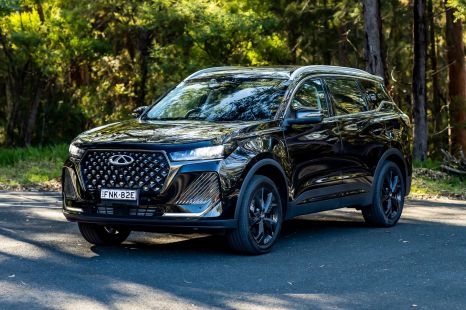

Matt Campbell
8.1
4 Days Ago
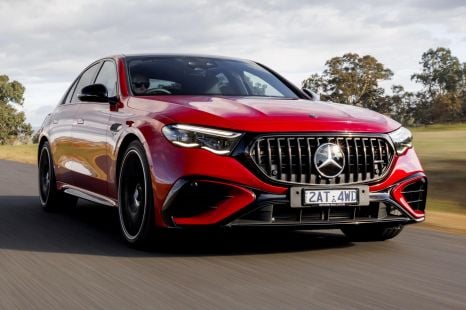

Max Davies
8
2 Days Ago
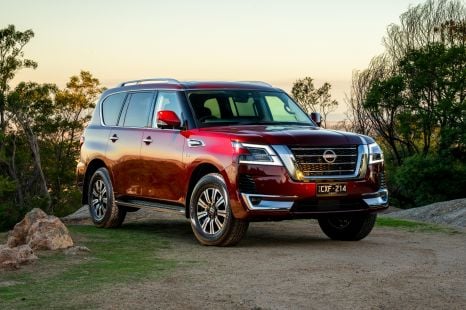

James Wong
8.1
1 Day Ago
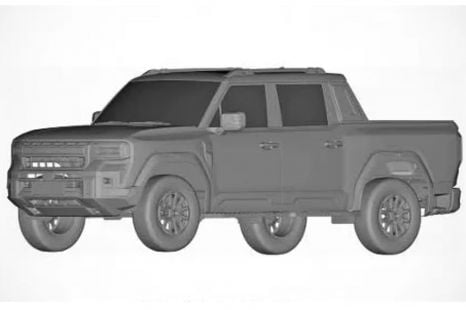

Marton Pettendy
1 Day Ago